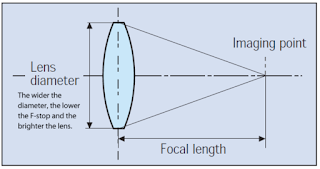HDR photography and What is Auto bracketing | Become a photographer with Shubham Part-4
What is HDR photography
- High Dynamic Range imaging
- How HDR work
- Instead of just taking one photo, HDR uses three photos, taken at different exposures. And combine all them together into a single photo.
- Over exposed
- Normal
- Under exposed
- When you should use HDR
- Landscapes: Big landscape photos usually have a lot of contrast between the sky and land, which is difficult for your camera to deal with in just one photo. With HDR, you can capture the sky’s detail without making the land look too dark, and vice versa.
- Portraits in sunlight: We all know that lighting is one of the most important aspects of a good photo, but too much lighting on someone’s face—like harsh sunlight—can cause dark shadows, bright glare, and other unflattering characteristics. HDR can even that all out and make your subject look better.
- Low-light and backlit scenes (see above): If your photo is looking a little too dark—which often happens if your scene has too much backlight—HDR can brighten up the foreground without washing out the well-lit portions of your photo.
- When You Shouldn’t Use HDR
- Photos with movement (see above): If any of your subjects are moving (or might move), HDR increases the chance of a blurry photo. Remember, HDR takes three pictures, so if your subject moves between the first and second shot, your final picture won’t look very good.
- High-contrast scenes: Some photos look better with stark contrast between the dark and light parts of the photo, like if you have a dark shadow or silhouette you want to highlight. HDR will make this less intense, resulting in a less interesting photo.
- Vivid colors: If your scene is too dark or too light, HDR can bring some of the color back. However, if you’re dealing with colors that are already very vivid, HDR can wash them out.
- Example:
Auto bracketing:
- Works only in manual mode
- Stable base or tripod is must
- HDR vs Auto Bracketing
- Same as HDR mode, just that you need to take 3 shots at yourself. In HDR, it takes all the three shots by itself.
- Exposure bracketing gives you the number of images separately with each having a different exposure setting.
- HDR takes all of those bracketed images and combines them into one.
- Src:

Comments
Post a Comment